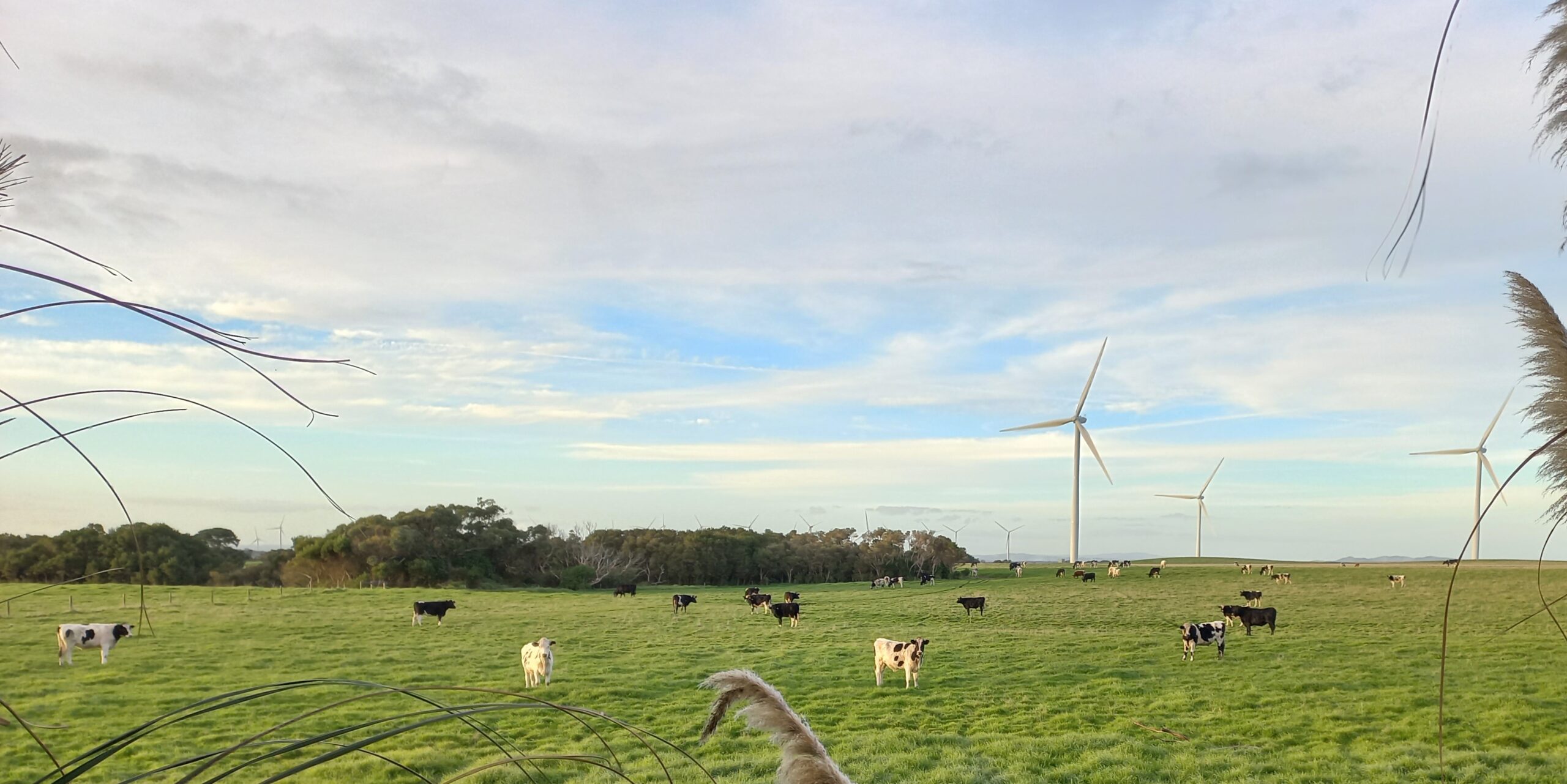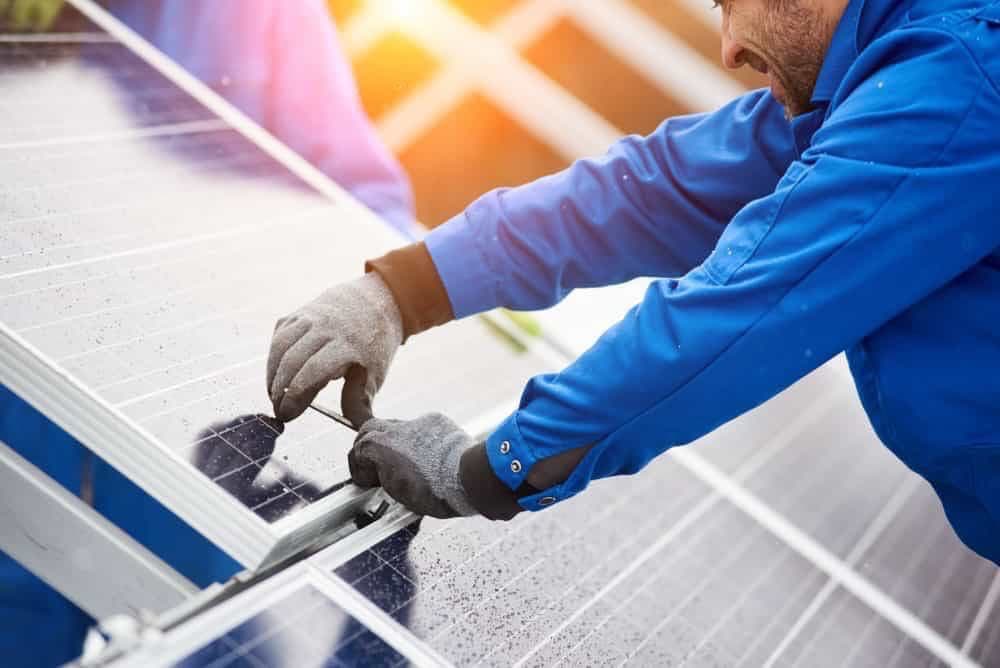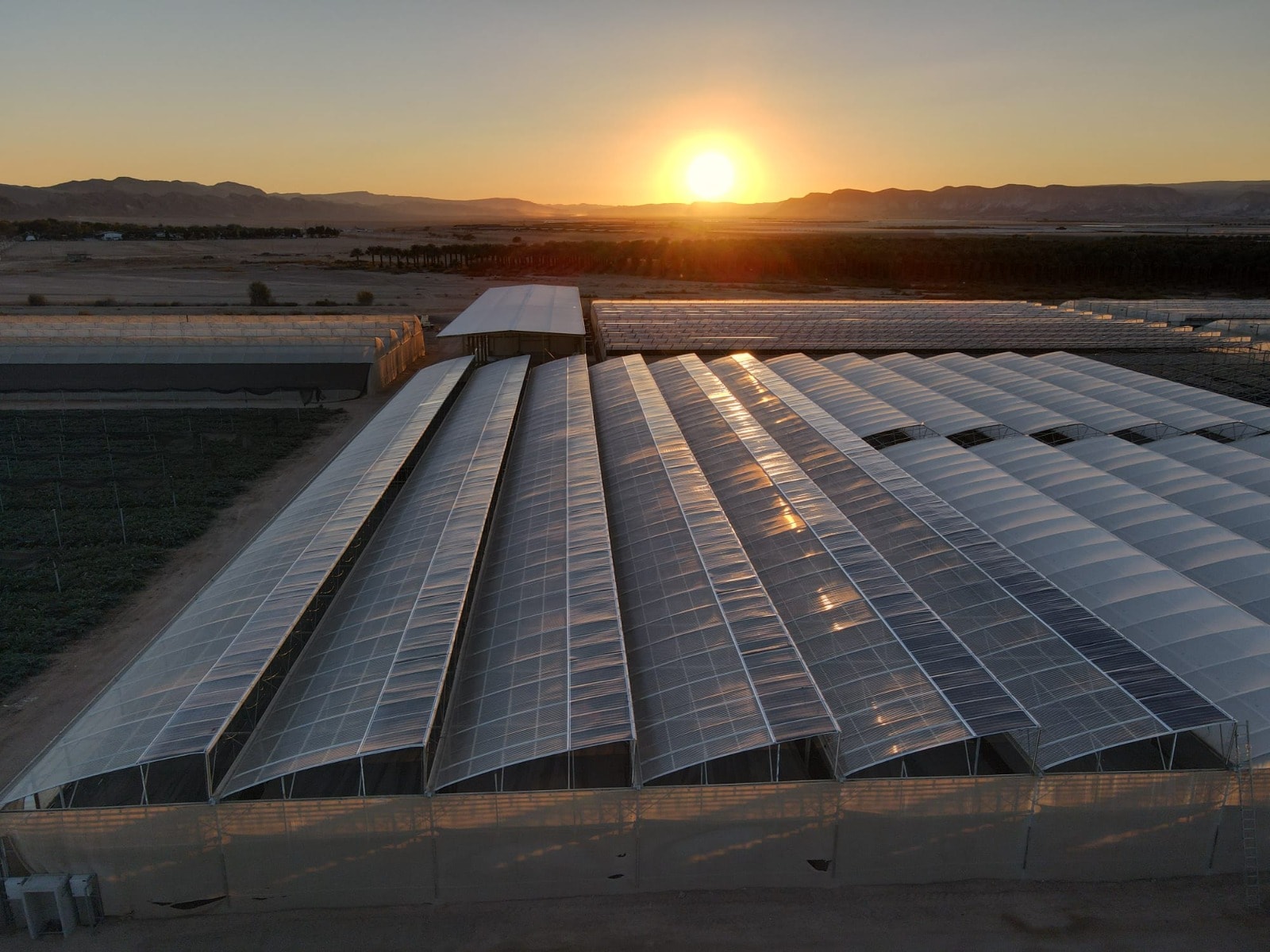Scientists from Swansea University have developed a pioneering tool aimed at integrating solar power generation with agricultural activities, known as agrivoltaics. This innovation could pave the way for maximizing crop growth while simultaneously generating renewable energy.
Advancing Agrivoltaics with Semi-Transparent PV Materials
In a study recently published in Solar RRL, researchers from the University’s Department of Physics have been exploring the use of semi-transparent photovoltaic (PV) materials that can be placed over crops. The focus of their research is to identify PV materials that optimize both light transmission for crop photosynthesis and efficient power generation.
Freeware Tool for Global Application
The Swansea team has developed a unique freeware tool capable of predicting the light transmission, absorption, and power generation potential of different PV materials across various global locations. This tool leverages geographical, physical, and electrical measurements to aid in selecting the best PV materials for specific agricultural settings.
Austin Kay, a PhD candidate and lead author of the study, emphasized the potential impact of this technology: “This technology, which allows us to compare many types of PV material, could help us determine how we balance food production and renewable energy generation.”
Key Considerations for Optimizing Agrivoltaics
The success of agrivoltaics largely depends on selecting the appropriate PV material, particularly in relation to its bandgap and light absorption properties. The bandgap determines which wavelengths of light the material can absorb, with different crops requiring specific light colors—mainly red and blue—for photosynthesis.
Associate Professor Ardalan Armin, the project lead, highlighted the significance of this research: “By optimizing the combination of solar panels and agriculture, agrivoltaics has the potential to significantly contribute to the decarbonization of the agricultural sector. This approach not only generates clean energy but also enhances food security.”
Practical Applications in Farming
Agrivoltaics can be implemented in various ways, including attaching PVs to greenhouses, polytunnels, or even using them to provide shelter for livestock. Careful selection of livestock is essential, as some animals, like goats, might damage the panels by climbing on them. Nonetheless, the integration of solar panels in farming could provide local power generation with minimal disruption to agricultural output, potentially reducing maintenance costs and contributing to a more sustainable future.
Source: miragenews.com





